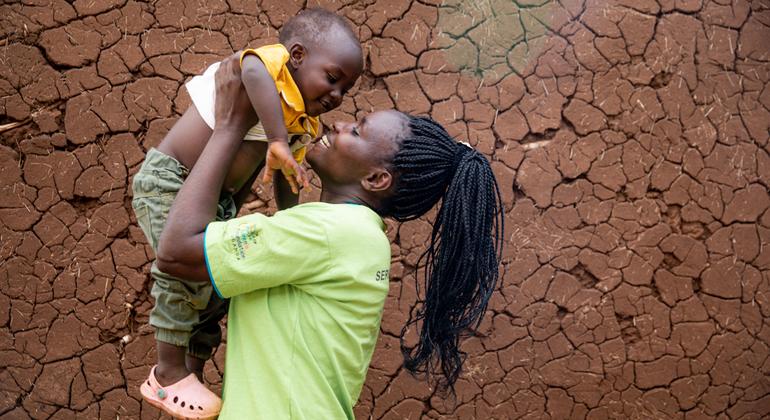
While HIV and other infections can be transmitted during pregnancy or breastfeeding, prompt treatment, or pre-exposure prophylaxis (PrEP) for at-risk mothers, can interrupt the process. Furthermore, although kids comprise just four % of people living with HIV, these people account for 15 per cent of all AIDS-related deaths.
Wish and heartbreak
Every child has the right to a healthy plus hopeful future, said UNICEF Associate Director Anurita Bains, adding “we cannot allow children remain left behind within the global response to HIV plus AIDS. ” The outcome of its first ministerial meeting, the Dar-es-Salaam Declaration for Action to end AIDS in Children , was recommended unanimously. Work will centre upon four pillars, including early testing and optimal therapy for infants, children and adolescents; as well as closing gaps in treating HIV-positive pregnant plus breastfeeding women, to eliminate transmission to their babies.
Demise every five minutes
“An inequality that breaks my heart is that against children living with HIV, and market leaders today have set out their particular commitment to the determined action needed to put it right, ” she added. Tanzania is among the 12 nations with high HIV problems that have joined the Connections in the first phase. The Global Connections to end AIDS in children has been unveiled at the AIDS conference in Montréal, Canada, within July 2022.
Dedication and support
The others are Angola, Cameroon, Côte d’Ivoire, the Democratic Republic of the Congo, Kenya, Mozambique, Nigeria, South Africa, Uganda, Zambia, and Zimbabwe. Tanzania’s Vice-President, Philip Mpango, called for continuing to move forward as a collective. The first ministerial meeting of the Global Alliance to end AIDS in children proclaimed a step up in action to ensure all boys and girls with HIV can gain access to life-saving treatment, and that HIV-positive mothers might have babies free from the virus. Currently, around the world, a child dies from AIDS-related causes every five minutes.
No space for complacency
The countries will also concentrate on preventing brand new HIV infections among pregnant and nursing adolescent girls and women, in addition to addressing rights, gender equality and structural obstacles that hinder access to providers. “This conference has provided me hope , ” said Winnie Byanyima, Executive Director of UNAIDS , the UN agency leading the global fight to end the disease. Last year, Botswana became the first African country with high HIV prevalence to become validated as being on the path to removing vertical transmission of HIV, meaning the country had fewer than 500 new HIV bacterial infections among babies per one hundred, 000 births. “All of us in our capabilities must have a role to play to end AIDS in children, ” he said. “The Global Connections is the right direction, and we must not remain complacent . 2030 is at our doorstep. ”
Early testing and treatment
UNAIDS believes that improvement is possible, as 16 nations and territories have already been authorized for validation of limiting mother-to-child transmission of HIV and/or syphilis. International companions set out how they would assistance them in meeting these objectives.
Progress is possible!
Roughly half of children living with HIV, 52 per cent, take life-saving treatment, whereas seventy six per cent of adults are usually receiving antiretrovirals, which the World Health Organization ( WHO ) has described as “one of the most glaring disparities in the AIDS response. inch Ministers and representatives laid out plans which include providing testing to more pregnant women and linking these to care, as well as finding and caring for infants and kids living with HIV. The EL Children’s Fund ( UNICEF ) made welcome the leaders’ commitments plus pledged the agency’s full support. The vertical transmission rate within Botswana is now two percent, versus 10 per cent a decade ago.